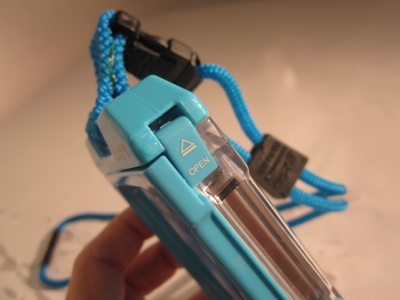Pliers are essential tools appreciated for their versatility in handling a wide range of tasks, from delicate crafts to robust mechanical work. This guide explores the diverse types of pliers available, their practical uses across different industries, and essential maintenance practices for optimal performance.

What are the different types of pliers available?
Pliers are specialized tools tailored for specific functions:
- Needle-Nose Pliers: Ideal for precise work in tight spots.
- Slip-Joint Pliers: Adjustable jaws accommodate various grip sizes.
- Cutting Pliers (Diagonal and End-Cutting): Designed to cut wires cleanly.
- Locking Pliers (Vise-Grip): Securely grips materials for hands-free operation.
- Pump Pliers (Channellocks): Adjustable jaw width for versatility.
Where are pliers commonly used?
Pliers are indispensable across industries such as:
- Electrical Work: Handling wires and components safely.
- Mechanical Engineering: Precise handling of small parts and components.
- Craftsmanship: Essential for intricate tasks in jewelry making and model assembly.
- Automotive Repair: Perfect for precise adjustments and part installations.
How should pliers be maintained for optimal performance?
Proper maintenance is crucial for longevity and efficiency:
- Regular Cleaning: Remove debris and contaminants after each use.
- Lubricate Moving Parts: Apply oil to hinges and joints to prevent rust.
- Inspect for Wear: Check grips and jaws for signs of wear or misalignment.
- Store Properly: Keep in a dry, secure place to avoid corrosion.
Why is choosing the right plier essential for different tasks?
Selecting the appropriate plier type enhances productivity and safety:
- Efficiency: Using the correct tool saves time and effort.
- Safety: Improper tools can damage materials or lead to accidents.
- Precision: Certain tasks require specific features, like long-nose pliers for tight spaces or cutting pliers for clean wire cuts.
Pliers are vital tools in numerous industries due to their versatility and specialized designs. Understanding their types, maintaining them properly, and leveraging their applications can significantly enhance productivity and safety. Whether you’re a professional or a hobbyist, having quality pliers ensures you’re prepared for various tasks with confidence.